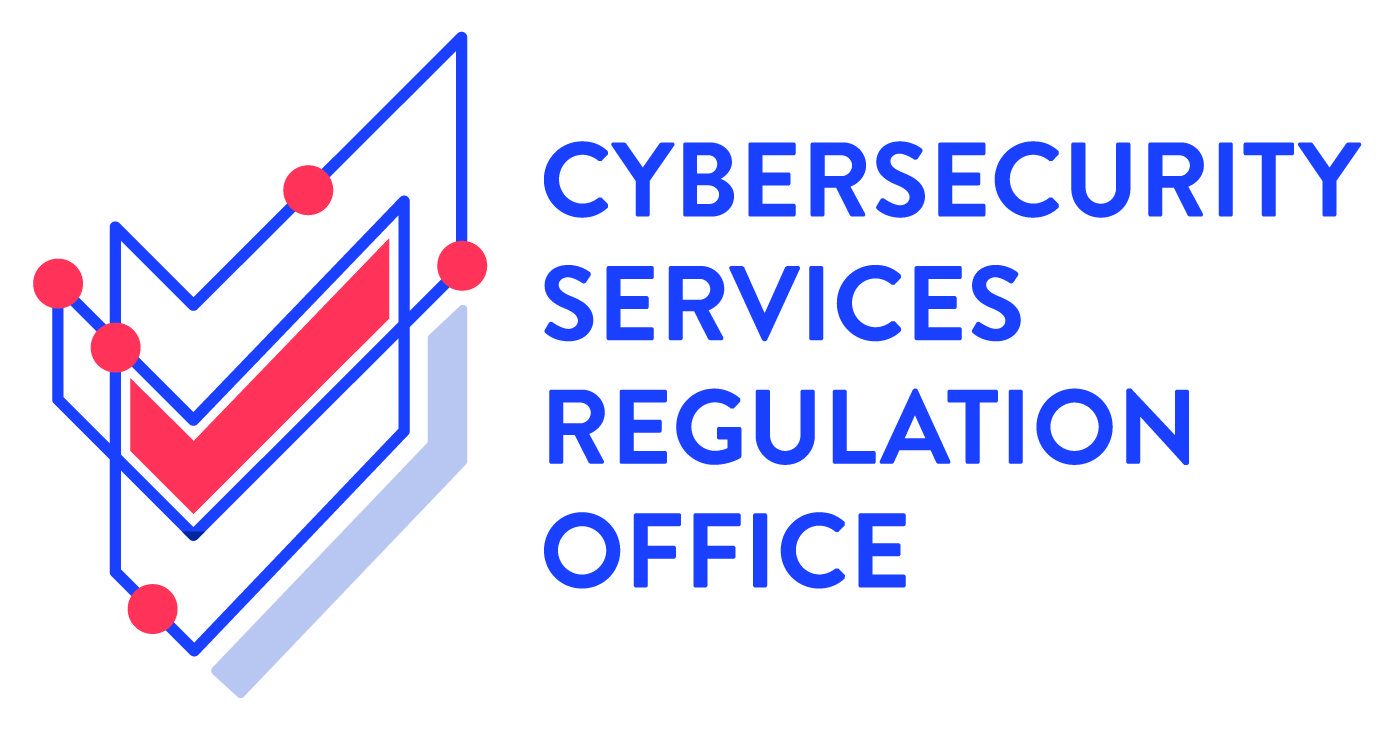
Penetration Testing
in Singapore
Harden your security system with Privasec’s extensive range of penetration tests.
Privasec is now a Sekuro Company
Penetration Testing with Privasec
Our Penetration Testing Methodology is well engineered and built against industry recognised best practices such as OWASP and PTES.
In Privasec’s capacity as a CREST-Accredited penetration testing firm, we identify vulnerabilities in your web or network systems and applications that are exploitable by an attacker. Taking the consultative approach, we provide detailed remediation steps that contextualised each identified vulnerabilities to harden your security systems.
Penetration Testing
External & Internal Penetration Testing
Find weaknesses within your internet-facing infrastructure and protect your information assets from attacks originating from your internal network.
Web Application and API Penetration Testing
Assesses how well your web application and APIs will fare against attacks through the Internet.

Mobile Application Penetration Testing
Assessments focusing on vulnerabilities specific to mobile applications such as iOS and Android.
Cloud Penetration Testing
Assess the cyber security of your cloud provider’s environment.
Wireless Penetration Testing
Wireless networks are an attractive target to hackers in your vicinity as they allow them to get a trusted foothold into your network without stepping into the front door.
Bespoke Device/ IoT Penetration Testing
IoT (internet of things) penetration testing reveals any possible security gaps that might lead to a security breach on your IoT device.
Understanding the Process of Penetration Testing
1. Planning
During the planning phase, objectives are defined, and initial reconnaissance is conducted. Penetration test professionals gather information, potentially using social engineering techniques, to prepare for the attack.
2. Scanning
In the scanning phase, the system is analysed to assess its vulnerability. Professionals use technical tools for vulnerability scans, probing for entry points to gain unauthorised access.
3. Breaching
Breaching involves exploiting vulnerabilities to bypass security measures and gain access to the system. Once inside, the professional can take control of devices or networks and extract data.
4. Burrowing
In the burrowing phase, professionals assess how deeply they can penetrate the system, identifying data they can compromise and installing backdoors to maintain access for as long as possible.
5. Analysing
The final phase involves a detailed review of configurations and reporting of test results. Professionals may also simulate attempts to cover tracks, gathering information on exploitable vulnerabilities for remediation.
Why Is Penetration Testing Important?
As organisations increasingly rely on digital systems and networks to conduct business, they become more vulnerable to cyber threats and attacks. Penetration testing is a proactive approach used to assess the security posture of these systems by simulating real-world attacks. Here’s a closer look at the benefits:
- Identifying Vulnerabilities: Penetration testing helps identify vulnerabilities in systems, networks, and applications before malicious actors exploit them.
- Assessing Security Posture: Penetration testing provides insight into an organisation’s overall security posture. It evaluates the effectiveness of security controls and measures, helping organisations understand their strengths and weaknesses in defending against cyber threats.
- Mitigating Risks: By uncovering vulnerabilities and weaknesses, penetration testing enables organisations to prioritise and mitigate security risks. It allows them to allocate resources effectively to address critical vulnerabilities and reduce the likelihood of security breaches.
- Compliance Requirements: Many regulatory standards and industry frameworks require organisations to conduct penetration testing as part of their compliance obligations.
- Enhancing Incident Response Preparedness: Penetration testing simulates cyberattacks, providing valuable insights into how systems and personnel respond to security incidents. It helps organisations improve their incident response procedures and readiness to detect, contain, and mitigate security breaches.
- Building Trust: Penetration testing demonstrates a commitment to cybersecurity and protecting sensitive information. It instils confidence in customers, partners, and stakeholders.
FAQs
Our Team Credentials





Related Posts:

Understand Red Teaming
Our Red Team Lead, Justin Chong, sheds light on Red Teaming in the InfoSec World. The engagement tests and assesses the various aspects of an organisation’s overall security , providing a better understanding of its environment and the effectiveness of its security controls.

What happens during a Red Team Attack Simulation?
Red Team Attack Simulations mimic an adversary attacking your organisation. Red Team Attack Simulations enable you to understand and improve upon your ability to identify and respond to an adversary tyring to access your systems or information.But what actually happens during a Red Team and how does an Attack Simulation

Red Teaming vs Penetration Testing
Many organisations don’t fully understand the difference between vulnerability scanning, a penetration test, and Red Teaming.In our latest article, we discussed the difference between a vulnerability scan and a penetration test. Read the full article here.This article explains the difference between a red team assessment and a penetration test and
The industry’s leading Red Team
Test your security defences and train your staff with the Privasec Red Team! Our direct and flexible approach will get your Red Team attack activated within 24 hours.



























